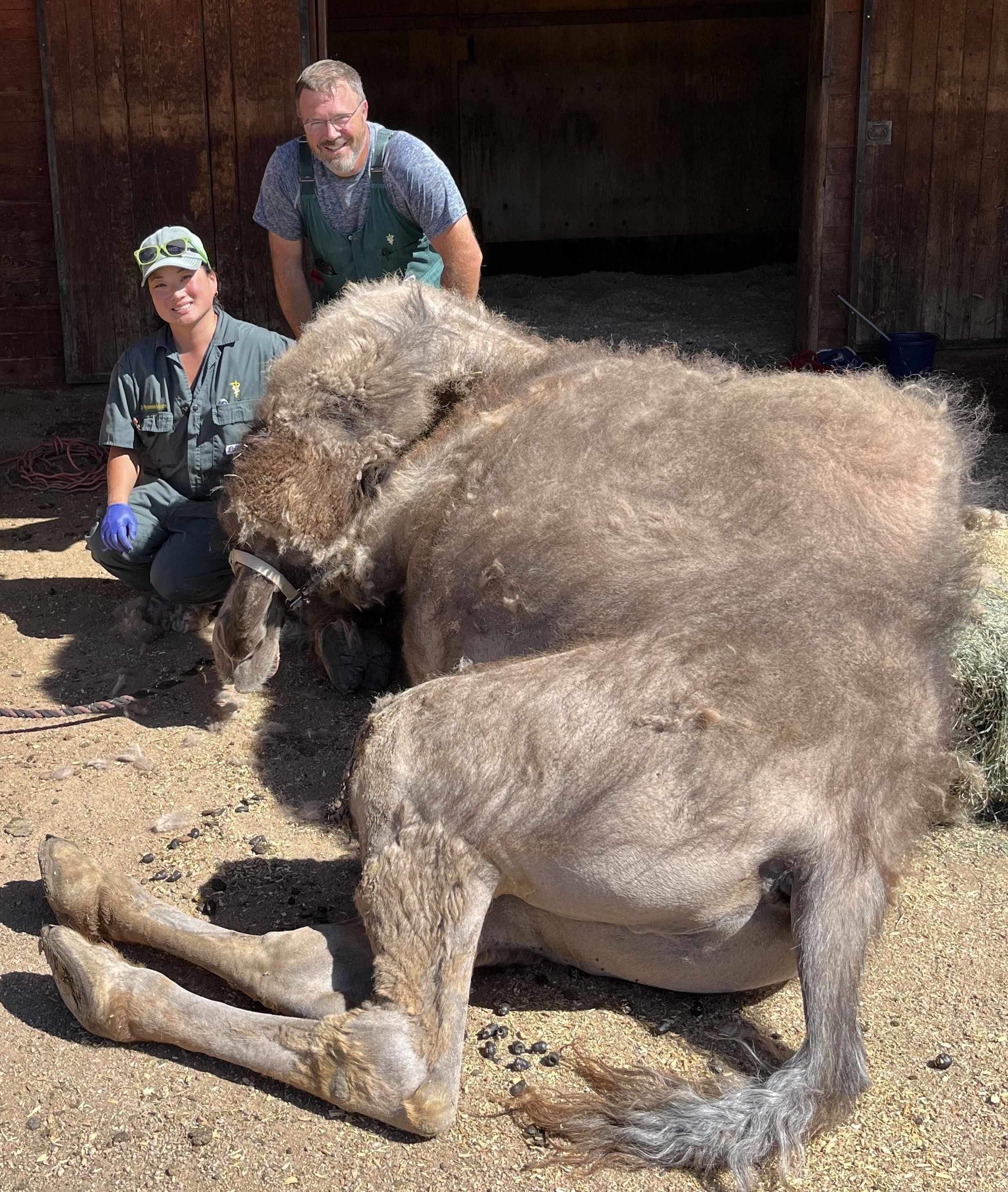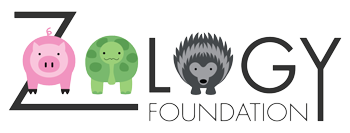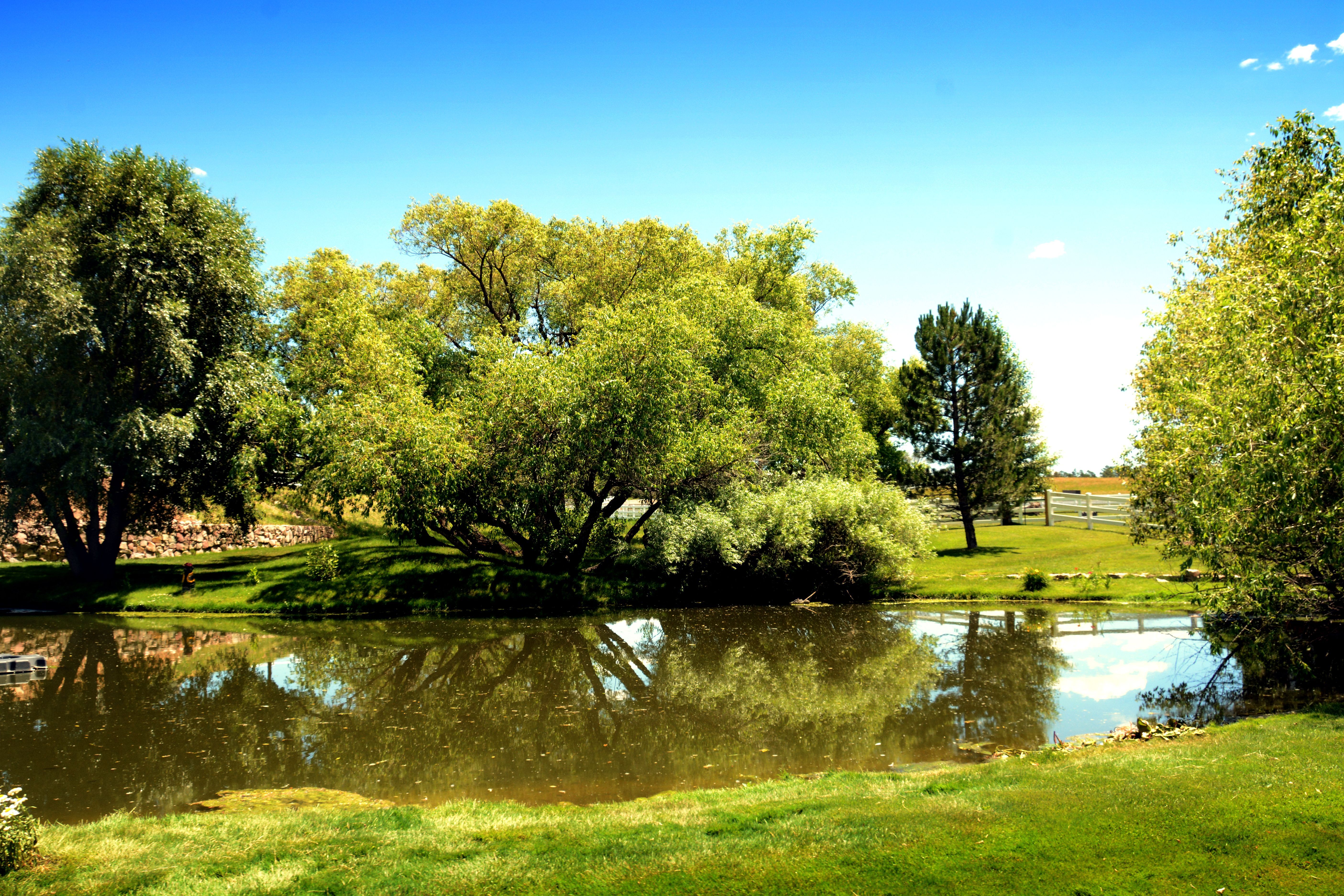
If you have ever been lucky enough to visit Zoology Foundation on a tour, your tour culminated with a interactive visit with our two 15 year old camels, Han Solo and Chewbaca. Getting to feed them treats or watching a training session gave you a up-close appreciation for just how big these two creatures are, both weigh between 1600-1800 pounds!
Most of their lives, both camels have enjoyed easy health and have required annual veterinary care. About a year ago, Chewy began showing intermittent lameness that shifted between his two front feet. During this period of time, Chewy has had thorough radiographs, blood samples and talented veterinarians putting their heads together to answer the question of what was actually happening to cause this lameness for Chewy.
Camels don’t have a hoof but the bottom of their feet is more like a hard, tough pad made of the same material as a human fingernail or a cat’s nails. The pad is hard, thick and tough but also, flexible. You can press on the pad with your fingers and it will flex. So as it turns out, Chewy has what is “hypertrophic” pad/keratan growth, probably from genetics. What that means is that he grows this pad/keratin faster than he should and that growth can be uneven and essentially, it ends up feeling similar to when we have a rock in our shoe.
Because of that keratin growth needing to be removed or reduced mechanically about every 3-4 months, our veterinarian Dr. Rhyannon Moore-Foster travels down to Larkspur from Colorado State Veterinary Teaching Hospital to work on Chewy’s feet. To accomplish this, Chewy is “laid down” using anesthetic drugs. Once he is comfortably laying on his side, Dr. Moore-Foster will use hoof tools like nippers, hoof knives, hoof rasps (the same tools used on horses, sheep, goats, cows). This past trip, she used a hoof grinder that quickly and efficiently removes the unwanted tissue and makes a wonderfully smooth surface. The entire anesthesia time is about 15 minutes; it actually is longer waiting for him to lay down and then the actual procedure!
We have been delighted with the results of this procedure, Chewy has been much more comfortable. We are so grateful to Dr. Moore-Foster and Dr. Andy Wilke who came down to assist last week in the care of Chewy, it’s so good to have such excellent veterinary care. In this photo, the veterinarians are posing with Chewy as he slowly recovers from anesthesia.

